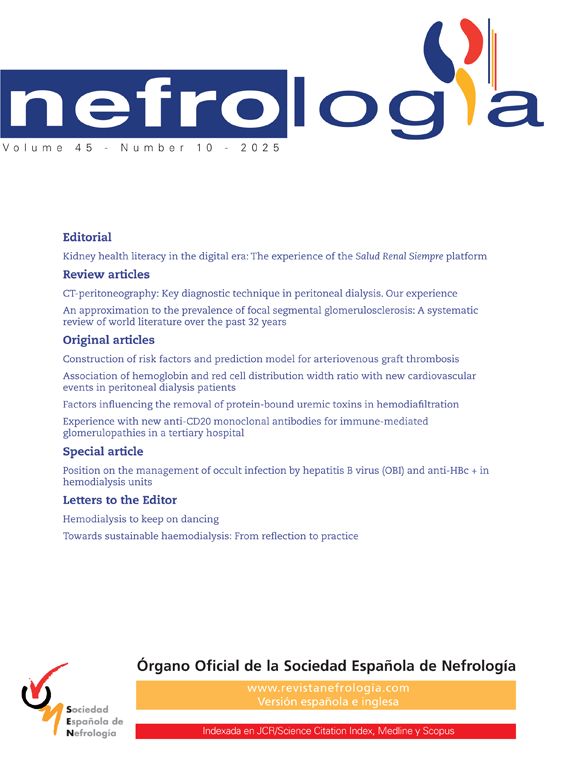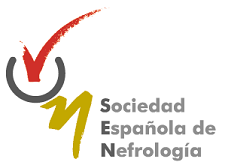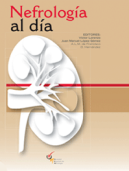was read the article
| Year/Month | Html | Total | |
|---|---|---|---|
| 2025 12 | 186 | 95 | 281 |
| 2025 11 | 241 | 110 | 351 |
| 2025 10 | 151 | 70 | 221 |
| 2025 9 | 144 | 65 | 209 |
| 2025 8 | 137 | 63 | 200 |
| 2025 7 | 112 | 54 | 166 |
| 2025 6 | 198 | 232 | 430 |
| 2025 5 | 124 | 40 | 164 |
| 2025 4 | 101 | 48 | 149 |
| 2025 3 | 152 | 73 | 225 |
| 2025 2 | 96 | 43 | 139 |
| 2025 1 | 85 | 46 | 131 |
| 2024 12 | 81 | 70 | 151 |
| 2024 11 | 61 | 60 | 121 |
| 2024 10 | 60 | 63 | 123 |
| 2024 9 | 75 | 50 | 125 |
| 2024 8 | 90 | 86 | 176 |
| 2024 7 | 68 | 38 | 106 |
| 2024 6 | 71 | 58 | 129 |
| 2024 5 | 88 | 45 | 133 |
| 2024 4 | 87 | 41 | 128 |
| 2024 3 | 64 | 34 | 98 |
| 2024 2 | 55 | 53 | 108 |
| 2024 1 | 111 | 53 | 164 |
| 2023 12 | 52 | 26 | 78 |
| 2023 11 | 128 | 45 | 173 |
| 2023 10 | 107 | 58 | 165 |
| 2023 9 | 176 | 57 | 233 |
| 2023 8 | 309 | 77 | 386 |
| 2023 7 | 191 | 86 | 277 |





